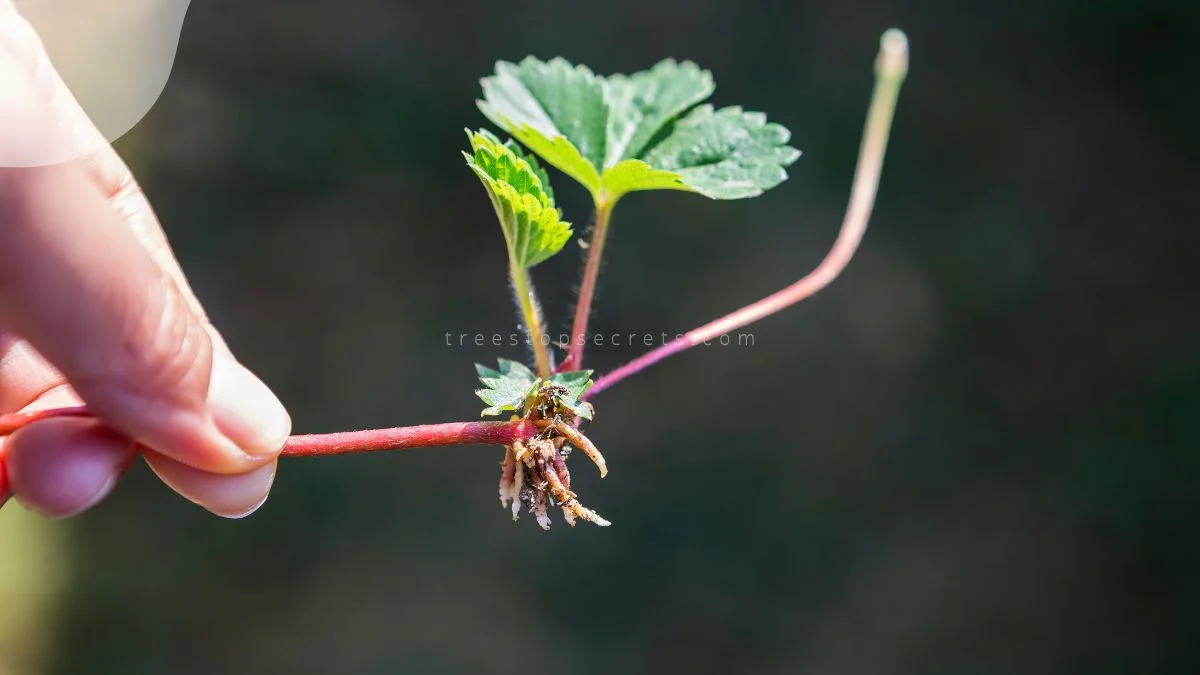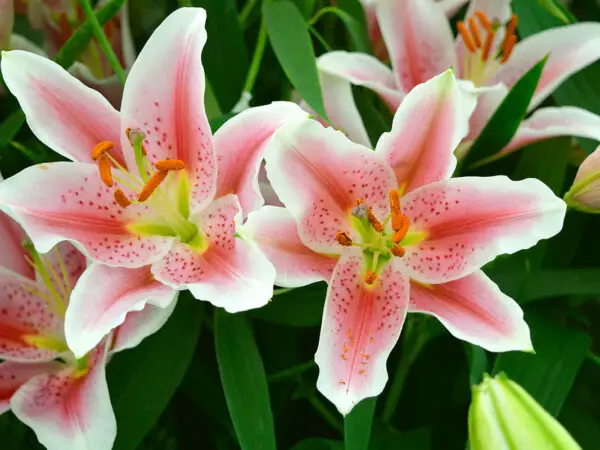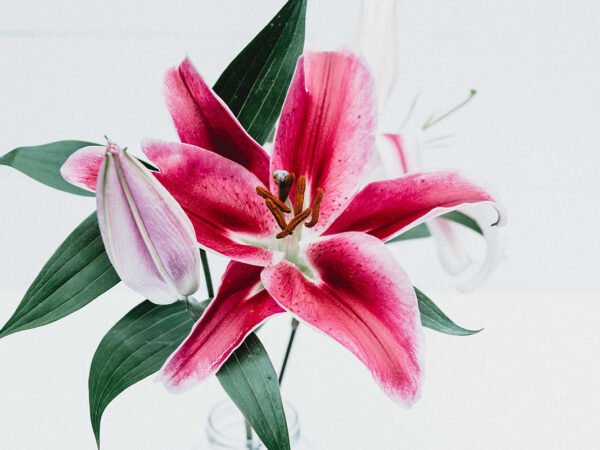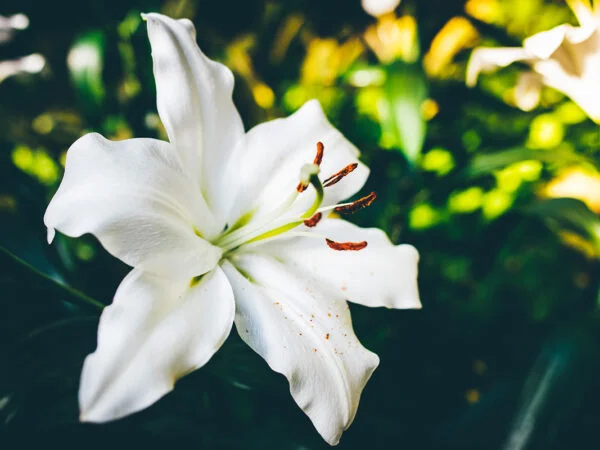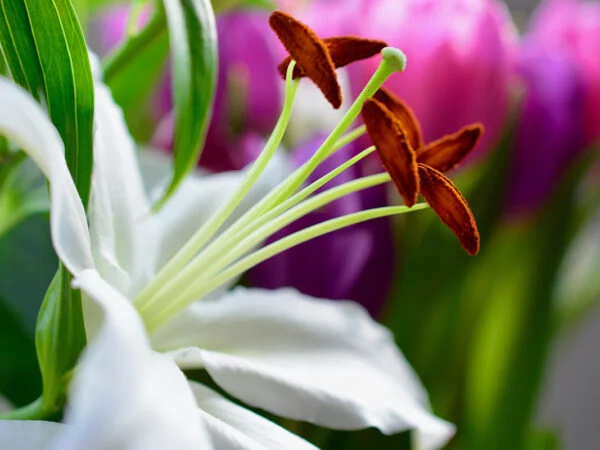Learn how to plant lily plants effortlessly and watch your garden bloom with vibrant colors. Whether you're a novice gardener or a seasoned pro, mastering the art of planting lilies will add a touch of elegance to your outdoor space. From choosing the right location to nurturing your plants, we'll guide you through each step to ensure your lilies thrive in contrast to lackluster surroundings.
Uncover the secrets to successful lily planting and transform your garden into a picturesque oasis that will mesmerize anyone who sets eyes on it. With our expert tips and simple techniques, you'll soon be enjoying the beauty and fragrance of these exquisite lilies' petals in your own backyard.
Key Takeaways
- Prepare Thoroughly: Before planting lilies, ensure you understand the specific needs of these plants and adequately prepare the planting area.
- Follow Planting Steps: Execute the planting steps diligently, such as proper depth and spacing, to give your lilies the best start for healthy growth.
- Provide Aftercare: Remember that lilies need consistent care after planting; watering, fertilizing, and monitoring for pests or diseases are crucial.
- Promote Blooms: Encourage blooming by providing adequate sunlight, proper watering, and timely deadheading of spent flowers.
- Seasonal Maintenance: Stay on top of seasonal care tasks like mulching, dividing overcrowded bulbs, and protecting from extreme weather conditions.
- Address Issues Promptly: Be vigilant in troubleshooting common problems like pests, diseases, or nutrient deficiencies to maintain the health of your lilies.
Understanding Lilies
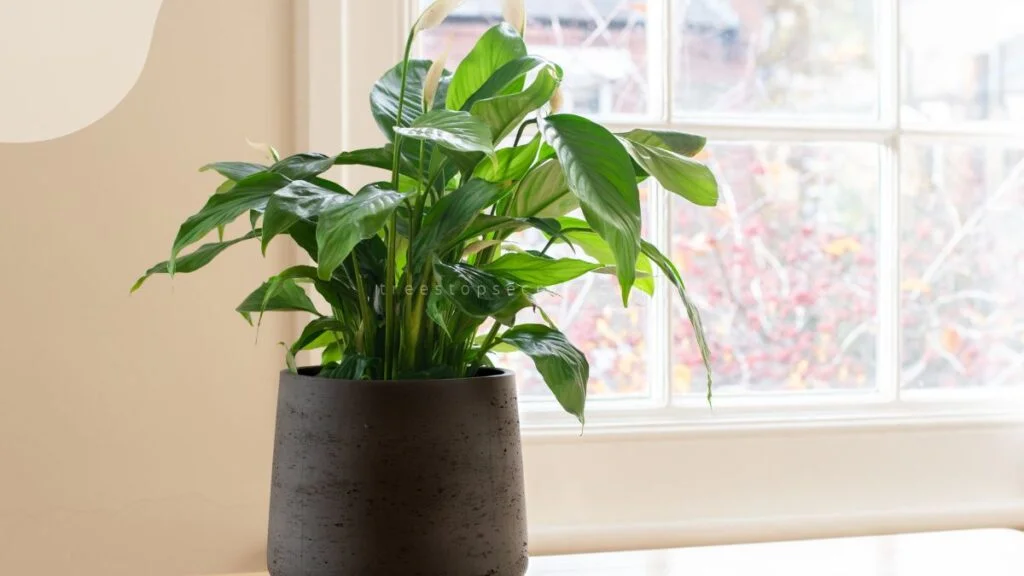
Lily Varieties
Lilies, an herbaceous flowering plant, come in various types, including Asiatic, Oriental, Border, and Giant. Each variety differs in color, shape, and size. Some lilies are petite, while others grow tall and majestic. Blooming seasons vary among lily varieties, offering a range of colors and scents throughout the year.
Ideal Growing Conditions
For optimal growth, lilies require well-drained soil that prevents waterlogging. Full sunlight is crucial for their development, ensuring they receive at least six hours of direct sunlight daily. Proper air circulation around the plants helps prevent diseases and promotes healthy growth. Consistency in watering is key to maintaining the moisture levels essential for lilies to thrive.
Planting Time Frames
The best times to plant lily bulbs are in fall or early spring when the soil is cool but workable. In fall planting, consider the last frost date to avoid damage to the bulbs. Commercially, lily bulbs are harvested after the foliage dies back and stored until the next planting season.
Preparing to Plant
Choosing the Right Spot
Select a sunny spot with good drainage for planting lilies. Avoid areas that tend to get waterlogged, as lilies prefer well-drained soil. Different lily varieties have varying height and spacing requirements, so be mindful of these when choosing a location.
Soil Preparation
Incorporate leaf mold or compost into the soil before planting lily bulbs. The soil should be moist but not waterlogged to ensure proper growth. The quality of the soil plays a crucial role in the development of lily plants.
Selecting Bulbs
Opt for firm and healthy lily bulbs when preparing to plant them. Inspect the bulbs carefully for any signs of damage or disease before planting to ensure successful growth. It is advisable to purchase lily bulbs from reputable sources for better quality and results.
Planting Steps
Digging the Hole
Dig holes at the right depth for planting lily bulbs. Ensure proper spacing between each hole. Utilize suitable tools for precise digging.
Placing the Bulbs
Position lily bulbs with roots facing downward and scales pointing upward into the soil. Plant them at the recommended depth underground. Gently cover the bulbs with soil to secure them.
Spacing Guidelines
Plant lily bulbs in groups of three or more, ensuring adequate spacing. Space individual bulbs approximately a foot apart for optimal growth. Consider the mature size of lily plants when determining spacing.
Watering After Planting
Water newly planted lily bulbs thoroughly to help settle the soil around them. Make sure the lilies receive sufficient moisture post-planting. Follow a watering schedule to aid in the establishment of lily bulbs.
Aftercare Essentials
Mulching
Applying mulch around lily plants is crucial for maintaining soil moisture levels, regulating soil temperature, and suppressing weed growth. Opt for organic mulch materials to enhance nutrient retention in the soil.
Fertilizing
During active growth periods, it's essential to apply high-potassium fertilizer to lilies to promote healthy development. Understanding the significance of fertilization in lily plant health is key. Adhere to recommended fertilizing guidelines for optimal results.
Watering Needs
Monitoring the water requirements of lily plants throughout various growth stages is vital for their well-being. Adjust the frequency of watering based on prevailing weather conditions to prevent over or under-watering. Consistent moisture levels are necessary to support robust lily plant growth.
Pest Control
To safeguard lilies from common pests, implement effective pest control measures promptly. Being able to identify early signs of pest infestation on lily plants is crucial for timely intervention. Explore both natural and chemical pest control options for comprehensive protection against pests.
Encouraging Blooms
Sunlight Requirements
Lilies need adequate sunlight to thrive, typically requiring at least six hours of direct sunlight daily. Different lily varieties have specific sunlight preferences, so it's crucial to understand the needs of the particular type you are growing. Position your lily plants in areas that receive sufficient sunlight exposure to ensure healthy growth and vibrant blooms.
Deadheading Flowers
To encourage continuous blooming, it is essential to remove faded flowers from your lily plants. This process, known as deadheading, stimulates the plant to produce new blooms and prevents energy wastage on seed production. Regularly deadhead lilies throughout the blooming season to maintain the plant's aesthetics and promote prolonged flowering. When pruning flower stalks, be sure to do it carefully to avoid causing any damage to the plant.
Division and Propagation
Dividing lily bulbs is a common practice for propagating these fragrant flowering plants. By learning how to divide lily bulbs, you can create new plants and enhance the overall health of your existing ones. Dividing lilies helps prevent overcrowding, promotes better air circulation around the plants, and stimulates fresh growth. When dividing lily bulbs, make sure to follow proper techniques to ensure successful propagation and continued blooming.
Seasonal Care Tips
Spring Care
Provide adequate care to lilies in spring for optimal growth. Ensure they receive sufficient sunlight and well-draining soil. Water lilies regularly but avoid overwatering to prevent root rot.
Address the specific needs of lilies during spring by removing any debris around the plants and applying a balanced fertilizer. Prune dead or damaged foliage to encourage healthy growth and blooming.
Prepare lilies for the upcoming blooming period in spring by monitoring them for pests and diseases. Consider applying a layer of mulch to retain moisture and suppress weeds around the plants.
Summer Maintenance
Implement summer maintenance practices by watering lilies deeply but infrequently to promote deep root growth. Deadhead spent flowers to encourage continuous blooming throughout the season.
Ensure lilies receive adequate water and nutrients during the summer months to support their growth. Monitor the plants for signs of stress such as wilting or yellowing leaves, and take appropriate action promptly.
Monitor lilies for signs of stress or disease in the summer months by inspecting the foliage regularly. Remove any diseased or damaged leaves to prevent the spread of infections among the plants.
Fall Preparations
Prepare lilies for the dormant period in fall by gradually reducing watering frequency as the temperatures cool down. Stop fertilizing lilies to allow them to enter dormancy naturally.
Adjust watering and fertilizing routines for lilies in fall by cutting back on both to help the plants prepare for winter. Mulch around the base of lily plants to protect them from temperature fluctuations.
Protect lilies from harsh weather conditions as winter approaches by providing adequate insulation. Consider covering lily plants with a layer of straw or burlap for added protection against frost.
Winter Protection
Provide winter protection for lilies in colder climates by cutting back dead foliage and removing any remaining plant debris. Mulch around lily plants with a thick layer of organic material to insulate them from freezing temperatures.
Consider additional measures to safeguard lilies from frost damage, such as covering them with frost cloth or relocating potted lilies indoors during extreme cold spells. Monitor soil moisture levels periodically during winter dormancy.
Troubleshooting Common Issues
Addressing Diseases
Lily plants are susceptible to various diseases that can hinder their growth and overall health. One common disease affecting lilies is Botrytis blight, characterized by fuzzy gray mold on leaves and flowers. To minimize disease risks, ensure good air circulation around plants. Avoid overhead watering to prevent moisture buildup, creating an ideal environment for fungal diseases. Promptly remove and dispose of any infected plant parts to prevent the spread of diseases amongst lilies.
Managing Pests
Integrated pest management is crucial for controlling pests that can damage lily plants. Common pests include aphids, spider mites, and lily leaf beetles. Regularly inspect plants for signs of infestation such as yellowing leaves or distorted growth. To manage pests effectively, introduce natural predators like ladybugs or lacewings. Alternatively, use insecticidal soap or neem oil as environmentally friendly pest control methods to protect lilies without harming beneficial insects.
Fixing Water Problems
Water-related issues can pose significant threats to the health of lily plants. Improper drainage can lead to waterlogging, causing root rot and other waterborne diseases. To address this, amend soil with organic matter to improve drainage and create a well-draining environment for lilies. Adjust watering practices by providing consistent moisture levels without overwatering or underwatering. Mulching around plants can also help retain soil moisture and regulate water absorption by lilies.
Enjoying Your Lilies
Cutting for Vases
Harvest lily blooms carefully to create stunning floral arrangements at home. Ensure the blooms are at the right stage of maturity to enhance their vase life. Employ proper cutting techniques to maintain the freshness and beauty of your lily flowers.
Landscape Uses
Integrate lilies into your landscape design to add visual interest and elegance to your garden. Experiment with various ways to display lilies in different garden settings, enhancing the overall aesthetics. When planning your landscape, consider factors like the height and color of lilies for a harmonious look.
Companion Plants
When planting lilies, choose companion plants that complement them well both in appearance and growth patterns. Opt for plants that enhance the beauty of your lilies while supporting their growth. Understanding the advantages of companion planting can significantly benefit your lily gardens.
Closing Thoughts
By now, you have all the tools you need to plant and care for your lilies successfully. Understanding the nuances of these beautiful plants, preparing the soil, planting them correctly, and providing the necessary aftercare are crucial steps in ensuring vibrant blooms. Remember to keep an eye out for any issues that may arise and follow our seasonal care tips to enjoy a stunning lily display year after year.
Now it's your turn to get your hands dirty and bring these tips to life in your garden. Embrace the joy of gardening, experiment with different varieties, and watch as your lilies flourish under your care. Happy planting!
Frequently Asked Questions
How can I understand the different types of lilies?
To understand the various types of lilies, research their characteristics like height, bloom color, and preferred growing conditions. Consult gardening resources for detailed descriptions and images to help you identify different lily varieties accurately.
What are the essential steps to prepare for planting lily plants?
Prepare for planting lily plants by selecting a suitable location with well-draining soil, ensuring adequate sunlight, and gathering necessary gardening tools such as gloves, shovel, and fertilizer. Clear the planting area of weeds and debris to create an optimal environment for your lilies.
What are the key steps involved in planting lily plants?
When planting lily plants, dig holes at appropriate depths based on the bulb size, place bulbs carefully in the soil with the roots facing downwards, cover them with soil, and water thoroughly. Mulch the area to retain moisture and suppress weed growth around the newly planted bulbs.
How can I ensure proper aftercare for my lilies?
After planting lilies, provide regular watering to keep the soil consistently moist but not waterlogged. Apply a balanced fertilizer during the growing season and remove faded blooms promptly to encourage new growth. Monitor for pests or diseases and take necessary action to maintain healthy lilies.
What are some effective tips to encourage blooming in lilies?
To promote blooming in lilies, deadhead spent flowers regularly, provide adequate sunlight, and ensure proper watering and fertilization. Consider applying a phosphorus-rich fertilizer before blooming season to enhance flower production. Prune any damaged or yellowing foliage to redirect energy towards blooming.
Image Source: Paid image from CANVA

